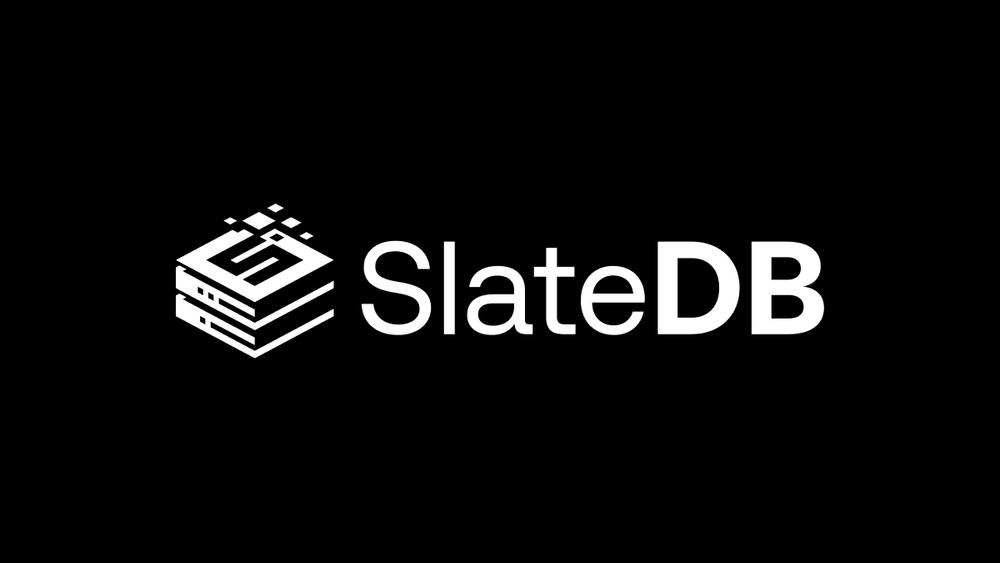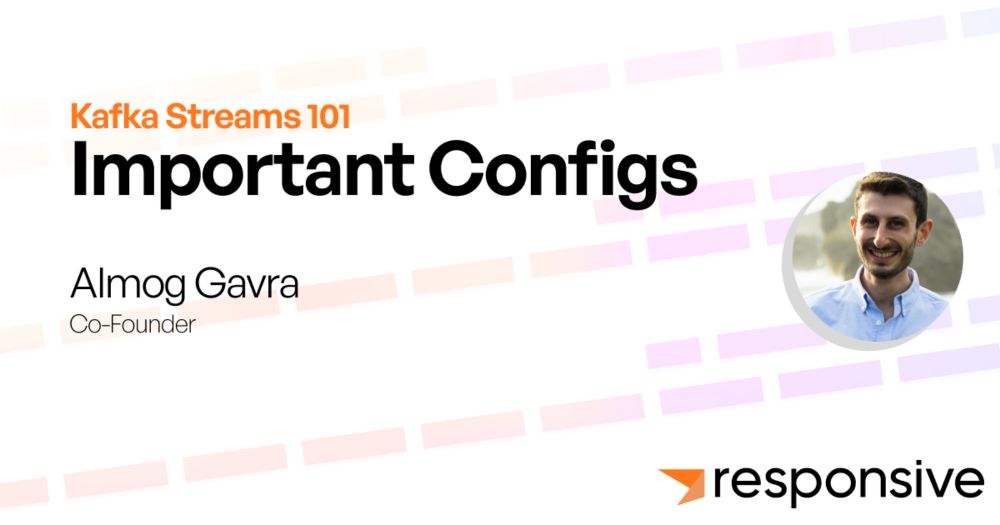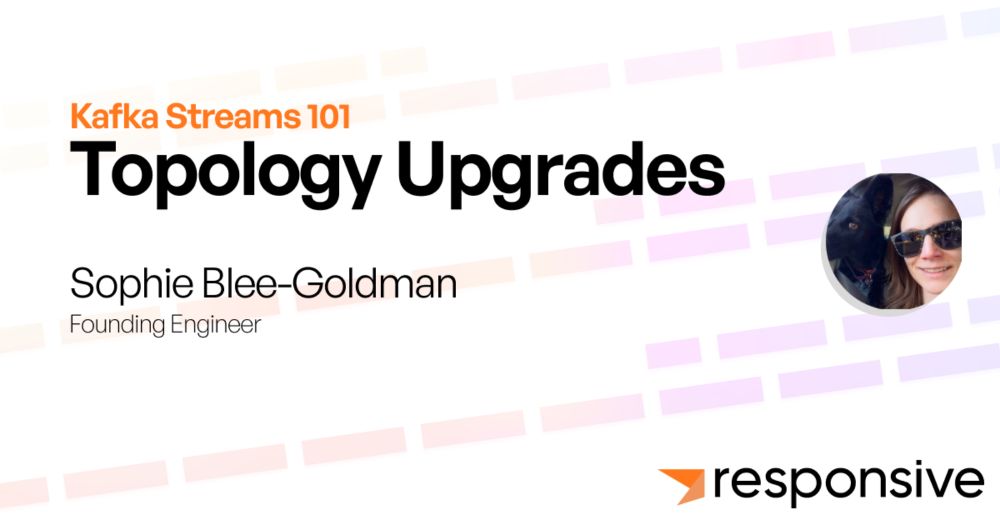
Apurva Mehta
@apurvamehta.com
2.1K followers
81 following
190 posts
Co-Founder and CEO of @responsive.dev. I write about stream processing and company building. Views are my own.
🌐 apurvamehta.com
Posts
Media
Videos
Starter Packs
Apurva Mehta
@apurvamehta.com
· Sep 10
Apurva Mehta
@apurvamehta.com
· May 6
Reposted by Apurva Mehta
Apurva Mehta
@apurvamehta.com
· Apr 16
Reposted by Apurva Mehta
Apurva Mehta
@apurvamehta.com
· Mar 22
Reposted by Apurva Mehta
Reposted by Apurva Mehta
Reposted by Apurva Mehta
Kostas Pardalis
@cpard.bsky.social
· Mar 14

Tech on the Rocks | Reinventing Stream Processing: From LinkedIn to Responsive with Apurva Mehta
SummaryIn this episode, Apurva Mehta, co-founder and CEO of Responsive, recounts his extensive journey in stream processing—from his early work at LinkedIn and Confluent to his current venture at R...
techontherocks.show
Apurva Mehta
@apurvamehta.com
· Mar 7
Apurva Mehta
@apurvamehta.com
· Mar 7
Reposted by Apurva Mehta
Chris
@chris.blue
· Mar 6
New episode: Reinventing Stream Processing with @apurvamehta.com from @responsive.dev
We cover:
Real-time vs low latency in streaming
Why stateful streaming is hard at scale
RocksDB, Postgres limitations
SQL vs flexible APIs
Decoupling state & compute with SlateDB.
🎧 👉
We cover:
Real-time vs low latency in streaming
Why stateful streaming is hard at scale
RocksDB, Postgres limitations
SQL vs flexible APIs
Decoupling state & compute with SlateDB.
🎧 👉

Tech on the Rocks
Join Kostas and Nitay as they speak with amazingly smart people who are building the next generation of technology, from hardware to cloud compute. Tech on the Rocks is for people who are curious…
techontherocks.show
Reposted by Apurva Mehta
Reposted by Apurva Mehta
Apurva Mehta
@apurvamehta.com
· Feb 13
Apurva Mehta
@apurvamehta.com
· Feb 13
Apurva Mehta
@apurvamehta.com
· Feb 13
Apurva Mehta
@apurvamehta.com
· Feb 13
Reposted by Apurva Mehta
Apurva Mehta
@apurvamehta.com
· Feb 12











